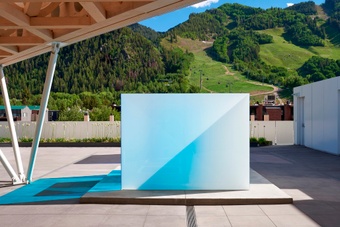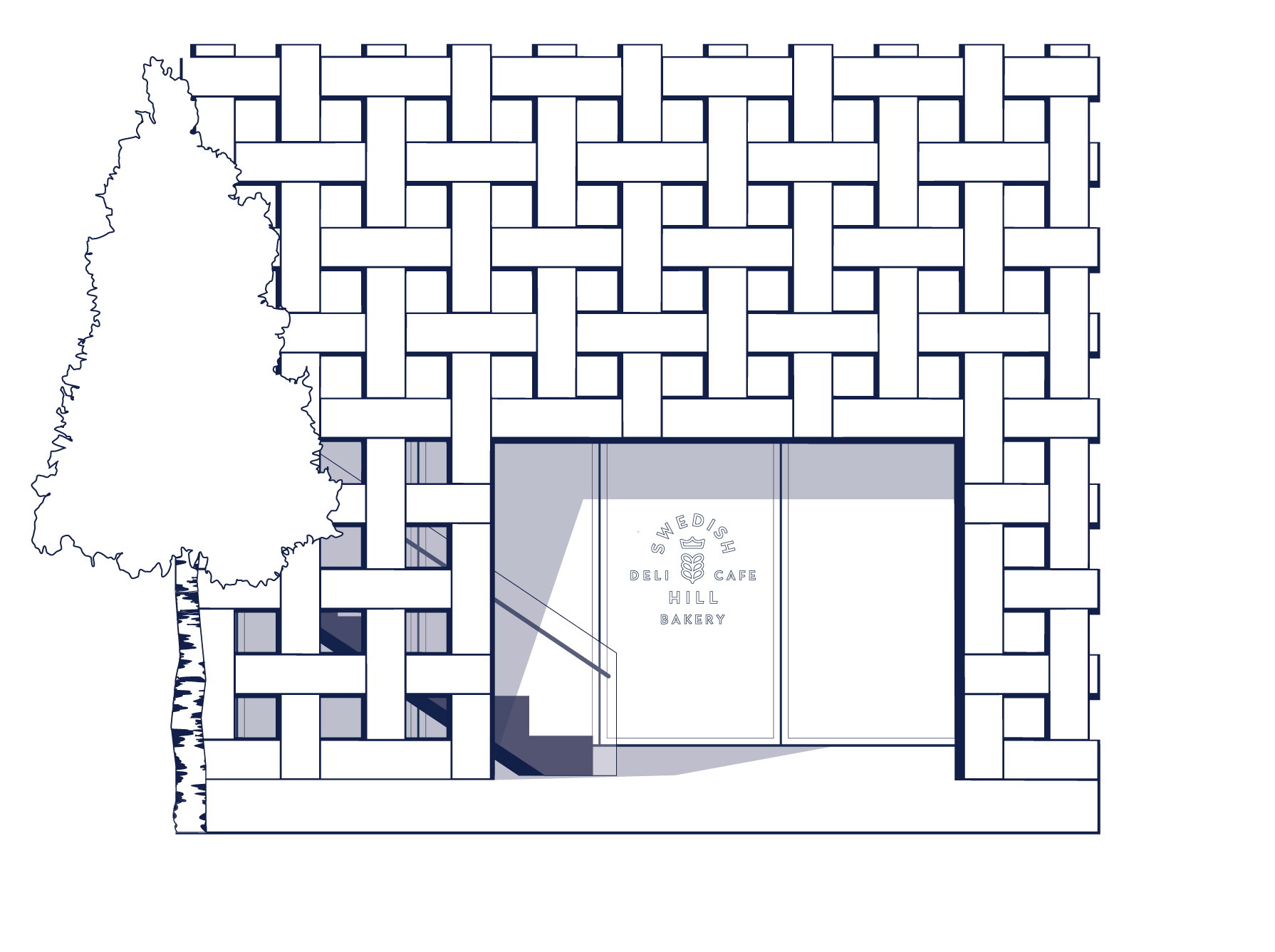Aspen Art Museum
- Categories
- All events
- Talks and Lectures
- Member Events

- For more information on how you can join the AAM, please visit the Street Level Visitor Information Desk, inquire in the Shop, or call 970.925.8050.

- Swedish Hill Aspen is open on our Rooftop from 8AM–3PM

- Aspen Art Museum is an artist-founded institution dedicated to supporting artists in the development of bold ideas to shape our museum and the field of art today.
ArtCrush
2024
About the Artist
Jacqueline Humphries is one of this year’s ArtCrush Honorees, and will be presented with the Aspen Award for Art at the ArtCrush Gala on August 2nd. Read Jacqueline Humphries’ feature in this year’s Aspen Art Museum Summer Magazine.
By the mid-1980s painting had been declared “dead” several times over. But for the contemporary painter Jacqueline Humphries, the medium became a “rogue practice”; however risky, it has remained her foundation. “Painting can adapt to anything,” she notes. Throughout her career Humphries has thus adapted to—and subverted—painting’s formal and discursive conditions, often with reference to both art history and cutting-edge technological formats. Early canvases, such as those in her 1995 Greene Naftali show (the gallery’s first solo presentation), probe the legacy of Abstract Expressionism, envisioning that movement’s chaotic drips not as destructive but constructive—as a sort of code which Humphries manipulates to form the basis of her own works. Balancing conceptual maneuvers and striking opticality in the ample space of her canvases, Humphries, like her peers Laura Owens and Charline von Heyl, betrays “a profound knowledge of how to make, and fake, marks on canvas,” writes Mark Godfrey—“how to navigate the histories and associations of those marks and control what impact they might have on viewers.”
Humphries has extended these strategies into the present, reimagining her analog medium in digital terms, as a screen or interface. “Painting is my machine for thinking,” she says, and whether canvas or computer, she is “using these machines to communicate, to ‘express.’” Her silver paintings of the mid-2000s produce a quasi-cinematic effect, their metallic surfaces providing for both projection and reflection. The subsequent Black Light series utilized fluorescent paint, transmitting past aesthetics—from ’60s psychedelia to ’80s nightclubs—through present communicative networks.
Since the mid-2010s Humphries has studded her canvases (exhibited in a major survey at the Wexner Center for the Arts) with cascading, stenciled Emoticons and ASCII icons: digital languages, already outmoded, rendered in thick oil paint as if to enter real space. Today, “there’s no definitive image,” Humphries points out, “just an endless torrent. The screen itself is the unifying element, and compresses within itself this multitude.” If her art unifies, it remains singular in turn, uniquely attuned to the media of its moment. As the New York Times declared, “few painters today engage with the challenges of new technology as persuasively as Jacqueline Humphries.”
Jacqueline Humphries lives and works in New York. Her work was included in the 59th Venice Biennale, The Milk of Dreams, in 2022, and was the subject of a major survey at the Wexner Center for the Arts, Columbus, in 2021. Other recent solo shows include Greene Naftali, New York (2022–23, 2017); Dia Art Foundation, The Dan Flavin Art Institute, Bridgehampton, New York (2019); Carnegie Museum of Art, Pittsburgh (2015); and Contemporary Art Center New Orleans (2015). Significant group shows include those held at the National Gallery of Art, Washington, DC (2022); Hirshhorn Museum and Sculpture Garden, Washington, DC (2019); Museum Brandhorst, Munich (2019, 2015); San Francisco Museum of Modern Art (2016); Tate Modern (2015); and the 2014 Whitney Biennial, among others.
Humphries’s work is in the collections of The Museum of Modern Art, New York; Whitney Museum of American Art, New York; Solomon R. Guggenheim Museum, New York; Metropolitan Museum of Art, New York; Albright-Knox Art Gallery, Buffalo; The Art Institute of Chicago; Museum of Fine Arts, Boston; Hirshhorn Museum and Sculpture Garden, Washington, DC; Museum of Contemporary Art, Los Angeles; Carnegie Museum of Art, Pittsburgh; Glenstone Museum, Potomac, Maryland; Hessel Museum of Art, Annandale-on-Hudson, New York; San Francisco Museum of Modern Art; de Young Museum, San Francisco; Tate Modern, London; Centre Pompidou, Paris; Fondation Louis Vuitton, Paris; Aïshti Foundation, Lebanon; and Museum Brandhorst, Munich, among others.
How to Bid
All lots will be on view at the Aspen Art Museum from July 17 through August 1.
Bidding on this work takes place at the ArtCrush gala on Friday, August 2nd, at 8pm MT. Absentee and telephone bidding available.
Please contact bid@aspenartmuseum.org for more information, including a condition report.
In the Live Auction, there is no Buyer’s Premium and the difference between the mid-estimate and the winning bid is a tax deductible donation to the museum.
ArtCrush
2024
free courtesy
Amy & John Phelan
- Aspen Art Museum
- 637 East Hyman Avenue
- Aspen, Colorado 81611
- t: 970.925.8050
- f: 970.925.8054
- info@aspenartmuseum.org
| Hours |
|
Tuesday–Sunday, 10 AM–6 PM
Closed Mondays
|
© 2024 Aspen Art Museum
General operating support is provided by Colorado Creative Industries. CCI and its activities are made possible through an annual appropriation from the Colorado General Assembly and federal funds from the National Endowment for the Arts.



General operating support is provided by Colorado Creative Industries. CCI and its activities are made possible through an annual appropriation from the Colorado General Assembly and federal funds from the National Endowment for the Arts.

































